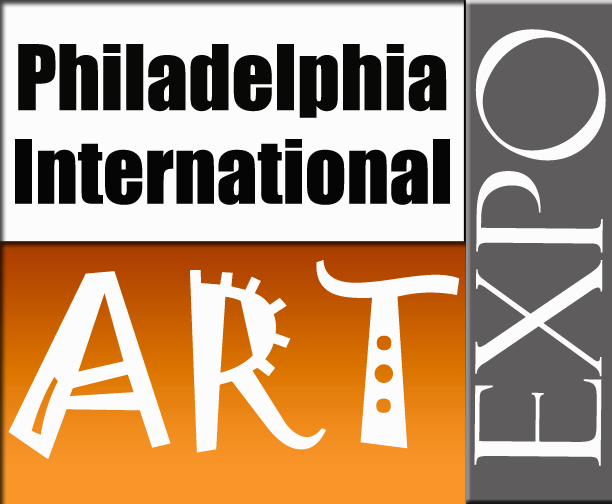Read Our Books Online
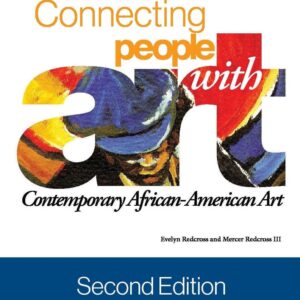
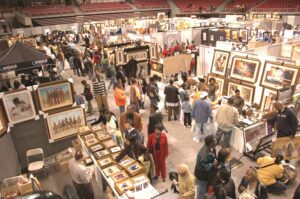
Mission
African American Art is GOOD for EVERYONE
Company Overview
October Gallery (art gallery) is Celebrating 39 Years in the African American Art Industry and has operated a physical art gallery in Philadelphia, PA since 1985. We are one of the oldest African American art galleries in the nation.
We have been connecting people with art for 39 years. We deliver magic and romance to the art experience.
_______________________________________________
In addition to the art gallery – The October Gallery Museum was created to:
To place art in the community. October Gallery Museum is a Non Profit 501(c)(3).
Donations are tax deductible.
October Gallery Museum installs and places art, prints and posters in schools, recreation/cultural centers, business offices, universities, grocery stores and more within the community. Art is to be experienced at many levels every day. It is just as important as the drug store, the gas station, the food market.
Placing art throughout the community is the goal of the museum. This is why we offer the Free Poster Collage Walls.
_______________________________________________

October Gallery believes that art is for everyone. We like to compare ourselves to the Marriott Hotel chain. The Marriott is neither the Ritz Carlton nor Motel 6. It is a mid-range hotel. The company’s Web site states that the hotel offers packages of “fun filled days and wild nights that will fit any family’s budget without breaking the bank.” At the Marriott one can get an expensive or an inexpensive room depending on availability. October Gallery’s marketing philosophy is similar to that of the Marriott. We offer an art experience that will fit anyone’s budget, that does not have to break the bank. October Gallery’s average sale is between $400 and $800. The Gallery’s prices range from $25 to $25,000.
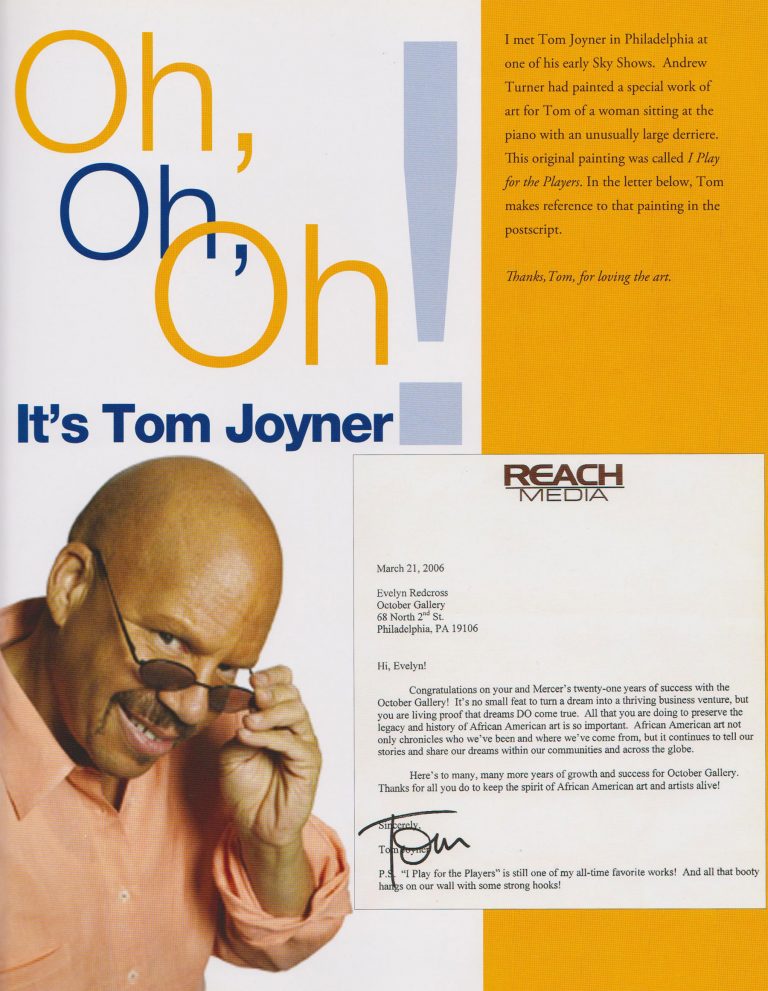
October Gallery was established by Evelyn Redcross and Mercer Redcross and opened for business in July of 1985, at 3805 Lancaster Avenue, Philadelphia, Pennsylvania. It operated from this location for nine years. During the 1990s October Gallery operated six locations: two in Philadelphia – Old City 68 N. 2nd Street and The Gallery Mall East on Market Street; one in Cherry Hill, New Jersey; one in Echelon, New Jersey; one in Burlington, New Jersey; and one in Washington, DC.
Today, October Gallery’s art gallery location is 6353 Greene Street, Philadelphia, PA 19144. It also operates a number of small kiosk locations through out the Philadelphia region.
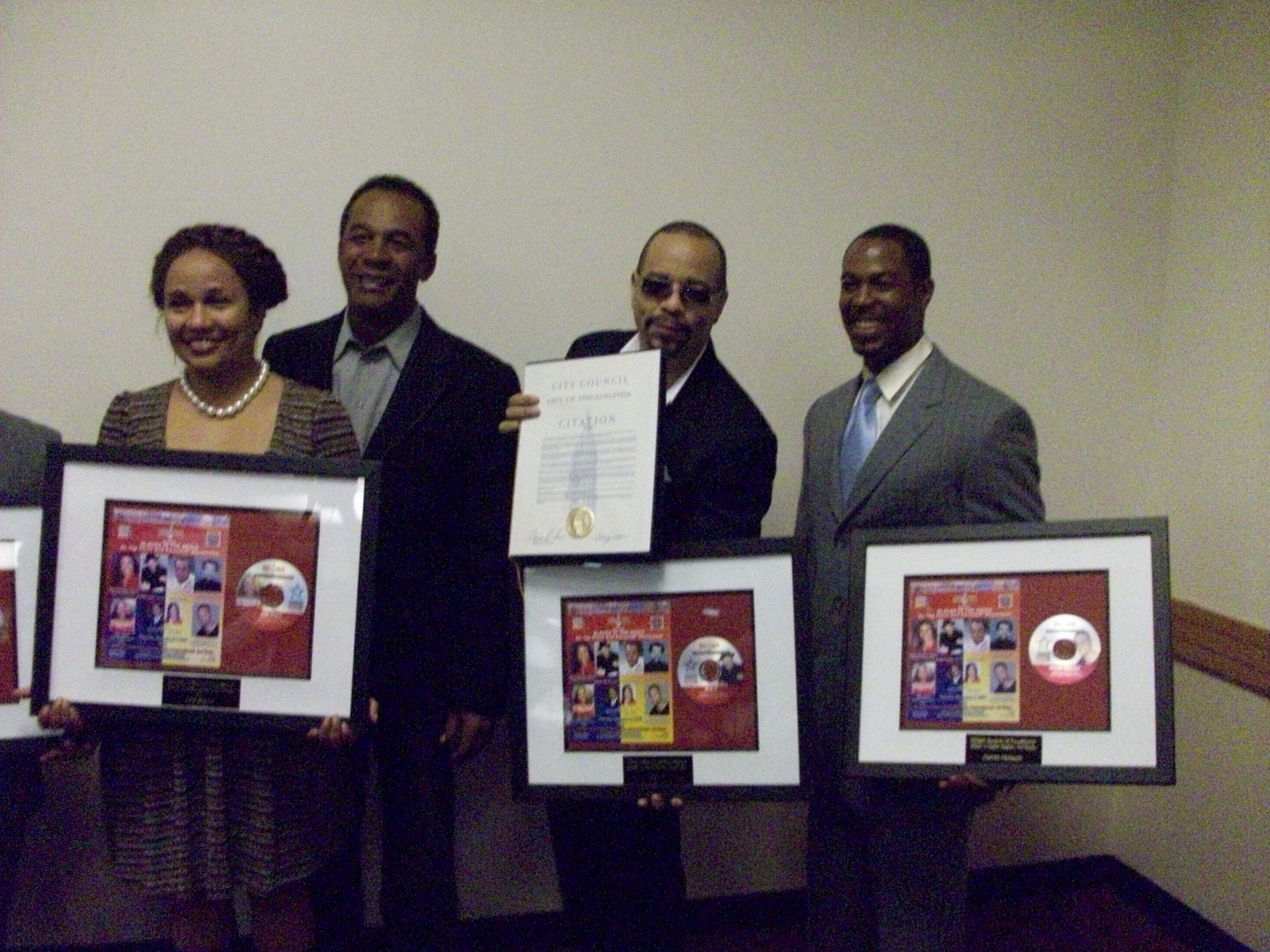
October Gallery also presents the Philadelphia International Art Expo in October of every year. This event, now in its 39th year, from 1998 to 2010 was the nation’s largest African American Art expo.
People often ask, “Where did the name ‘October Gallery’ come from?” We tell them there is a relation-ship between the tenth month of the year and October Gallery. Think about it! The month of October and October Gallery both exhibit the magnificence of beauty and color, one through nature’s multicolored autumnal arrays, the other through artists’ eyes. October comes in the fall, when the colors of nature change. Leaves on the trees change from variations of green to combinations of orange, red, purple, yellow and brown. These variegated arrays are similar to the many colors on an artist’s palate; hence, the name October Gallery.
October Gallery has always supported the communities it serves. Over a span of twenty nine years, we have donated hundreds of thousands of dollars in art, services and other gifts. This is no small feat considering we are a small gallery. There are community groups and organizations that, like clockwork each year, request from us a donation of art, which they then use for a raffle or a door prize so as to promote a cause. Other beneficiaries include politicians, civic leaders, heads of corporations, and other individuals to whom we give original art (valued in the thousands of dollars) in an effort to promote the art and the artists. October Gallery has also donated cash to a number of groups. We believe our type of gifts enable the public to make a “conscience connection” to Black art. We understand that if we want people to consider making art a part of their daily lives, we have to get the art “in their faces.”

.
Our national and international patrons and artists have witnessed firsthand the creation and development of the African-American art industry, which prior to the 1970s was almost nonexistent. This group of patrons and artists are part of what we call the BlackStream Renaissance.
The term “blackstream” was used by Black artists in the 1900s who were denied admission to the art mainstream. More recently, fine art appraiser Edward S. Spriggs of Atlanta, Georgia brought the term “blackstream” to our attention. Feeling there was a need to identify this important time of formative awareness of, belief in and commitment to African-American art, we coined the phrase BlackStream Renaissance.
We further define this growth period as being marked by a collective community conscientiousness that recognizes the creative, cultural and financial viability of African-American visual expression.
The interplay between artists, community members and available resources has created a fabric-like cohesion characterized by:
• Artists willing to create
• A community that can inspire its artists
• A community that accepts its own cultural
creations as having value
• Sufficient community resources to sustain the
exchange of value
The patrons and artists of the BlackStream Renaissance purchased and sold art, displayed it at home and at work and shared it with friends, family, co-workers and the general public. In short, they have made African-American art an indispensable part of their everyday lives. The African-American community is effectively supporting and building an art industry, perpetuated primarily by its own members.
Artists, galleries, museums and others in the art business realize that because of proper education, focused marketing and love of culture, African-Americans have shifted their habits and allocated to the visual arts a portion of the more than 750 billion dollars they spend each year. This group has invested precious time and valuable resources in African-American art and has thereby continued to give it value.
To be clear, the BlackStream Renaissance welcomes the mainstream but does not have to rely on it for content, aesthetic validation or financial continuance.
Educator and curator David C. Driskell said, “The boom in Black art has come about not in the market of galleries of the auctions at Sotheby’s and Christie’s, but from ordinary Black people.”
Most African-American artists market and exhibit in the African-American community. Successful Black art festivals and expos, where artists sell and exhibit, recognize the importance of marketing to this special community. It is in this community where the strength and the value of African-American art begins. It is this community that has provided the foundation for the Blackstream Renaissance.
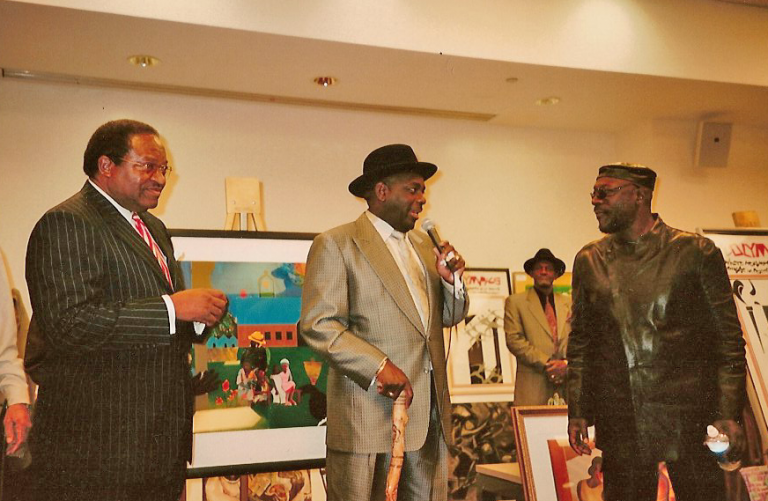
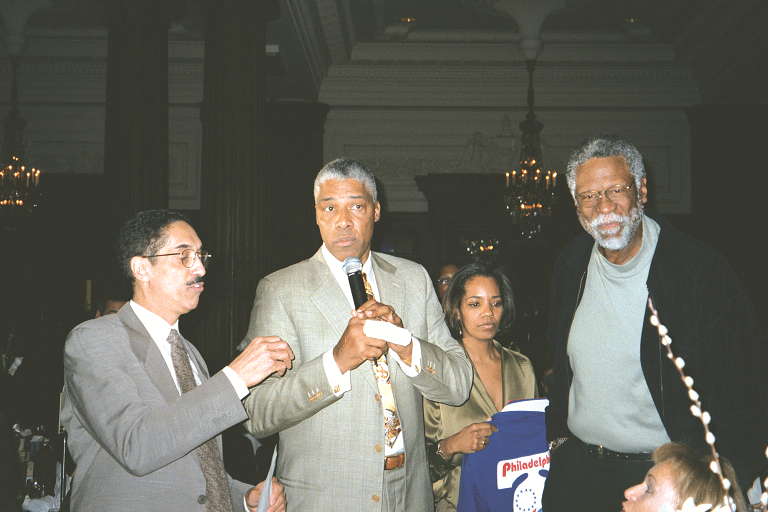
In addition October Gallery host seminars and training sessions at our locations:
6353 Greene Street Philadelphia, PA 19144
215-352-3114
These sessions are designed to inform our clients about different cultures and influences on art and art related subjects. Please contact Monica Rocha for further information and dates and times of seminars.
Refunds are in gallery credit ONLY! No Cash Refunds!
++++++++++++++++++++++++
Links:
October Gallery History In The News



